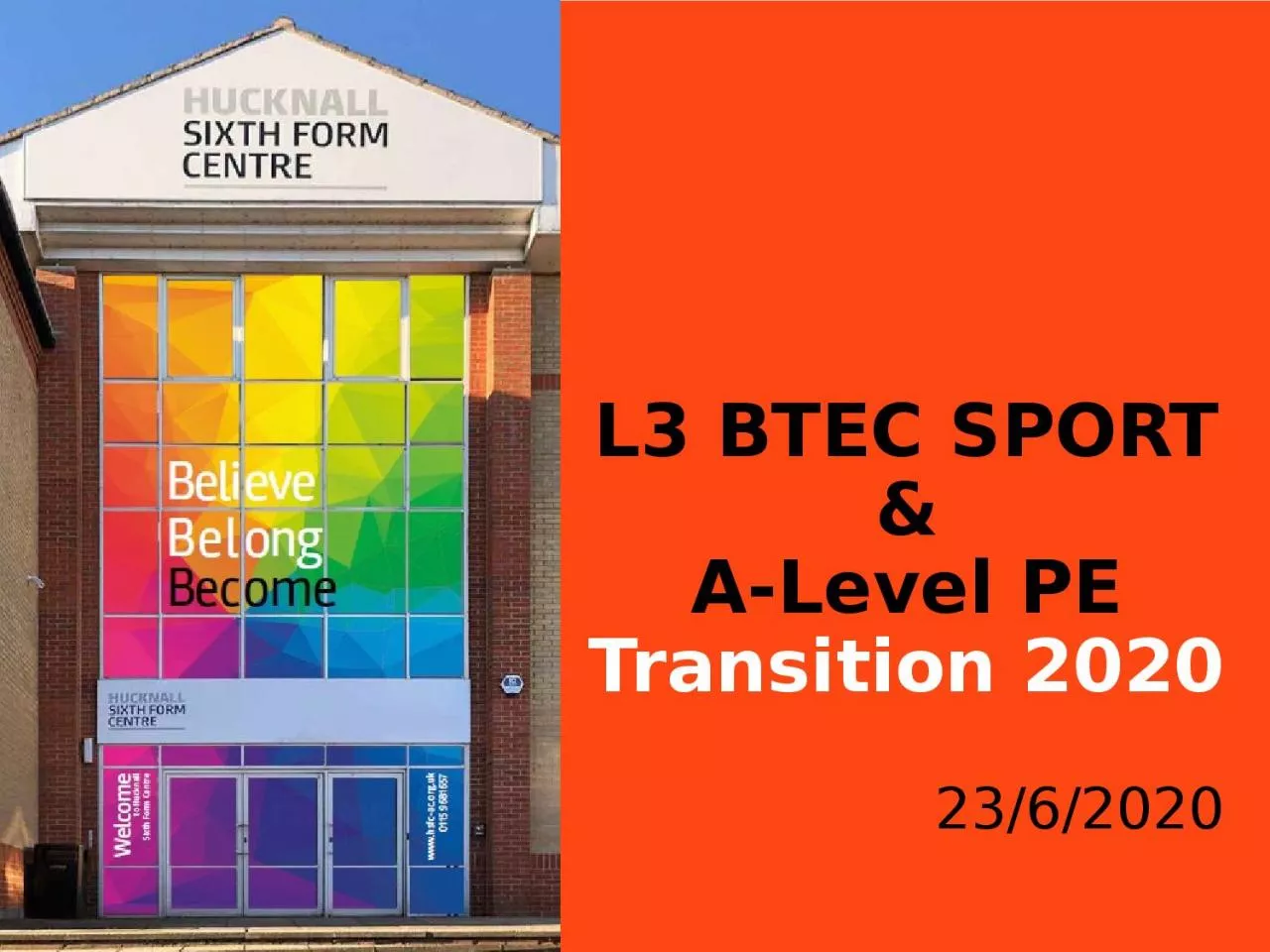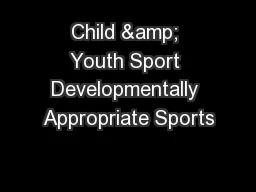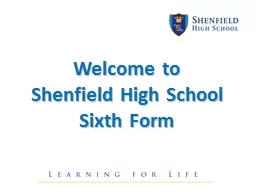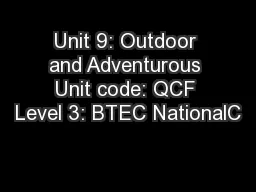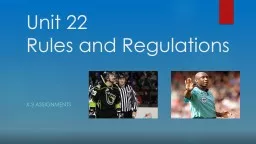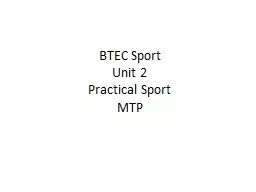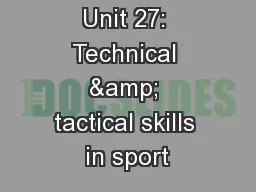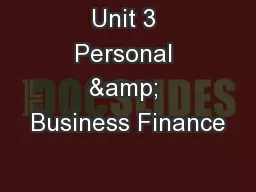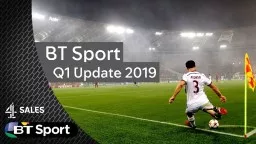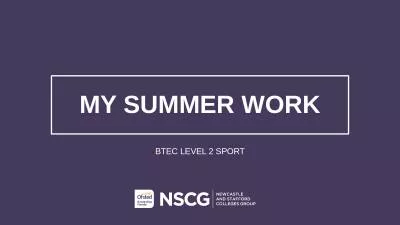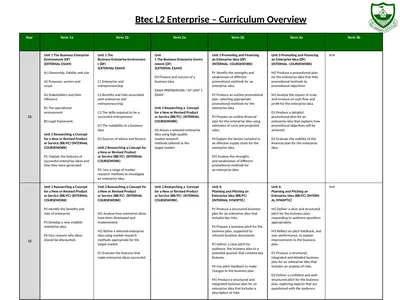PPT-L3 BTEC SPORT & A-Level PE
Author : AngelEyes | Published Date : 2022-07-28
Transition 2020 2362020 The Conduction System of the heart The Conduction system We are going to learn the step by step process of how a single heart beat occurs
Presentation Embed Code
Download Presentation
Download Presentation The PPT/PDF document "L3 BTEC SPORT & A-Level PE" is the property of its rightful owner. Permission is granted to download and print the materials on this website for personal, non-commercial use only, and to display it on your personal computer provided you do not modify the materials and that you retain all copyright notices contained in the materials. By downloading content from our website, you accept the terms of this agreement.
L3 BTEC SPORT & A-Level PE: Transcript
Download Rules Of Document
"L3 BTEC SPORT & A-Level PE"The content belongs to its owner. You may download and print it for personal use, without modification, and keep all copyright notices. By downloading, you agree to these terms.
Related Documents

